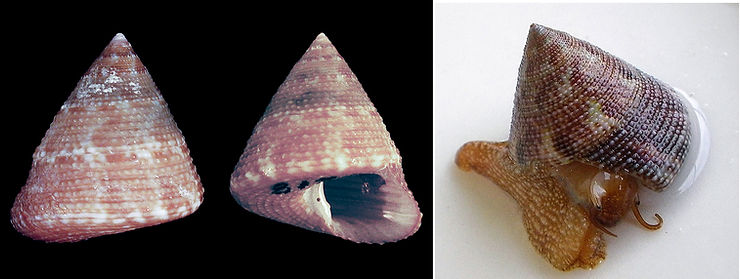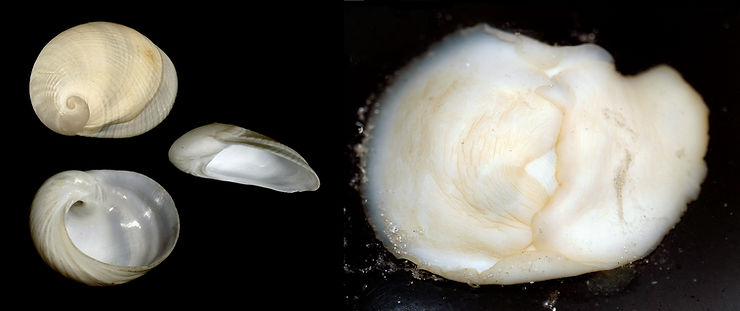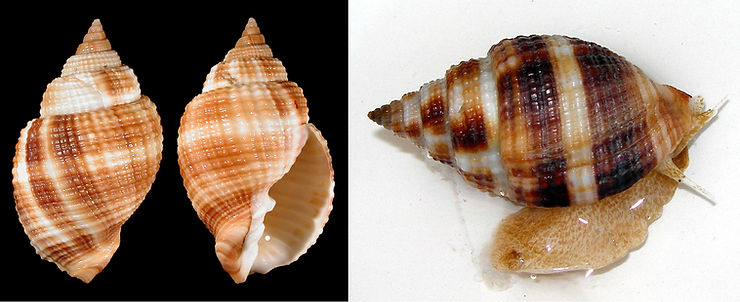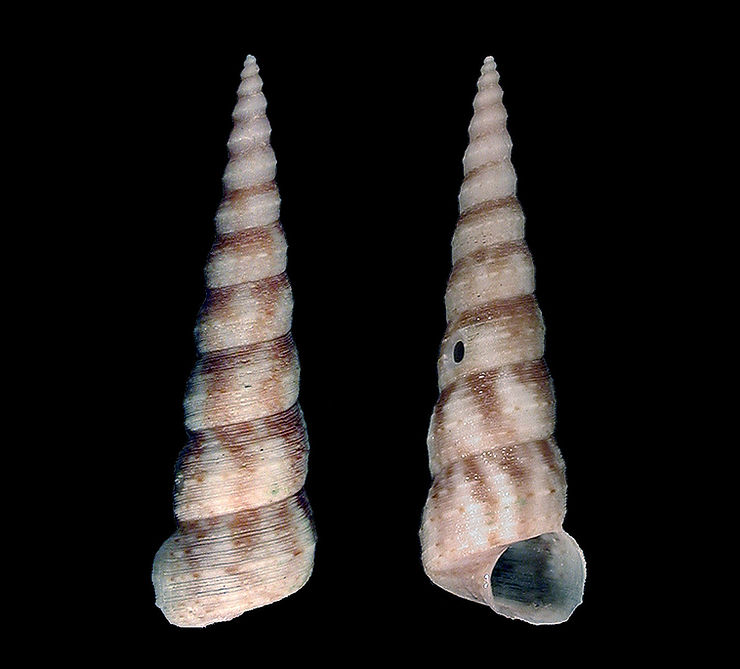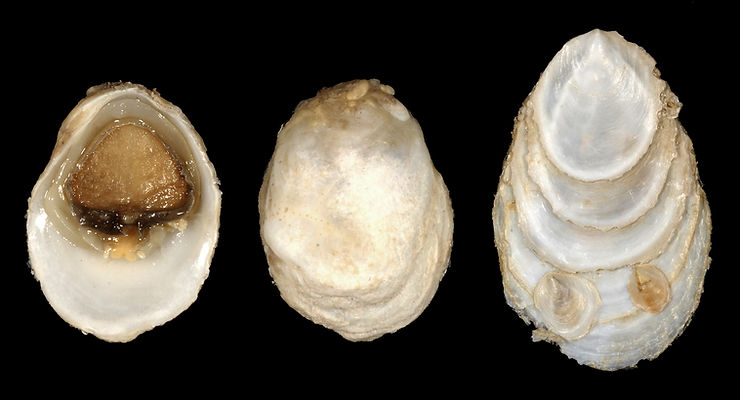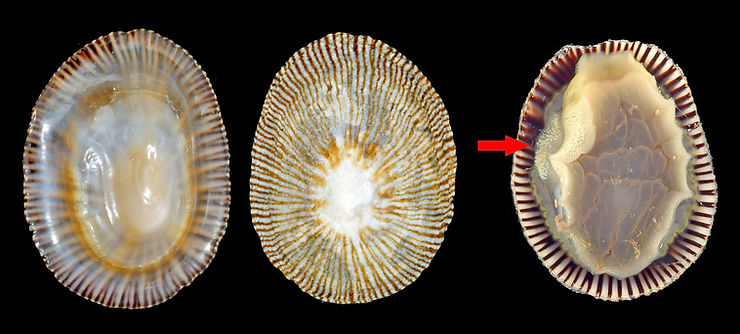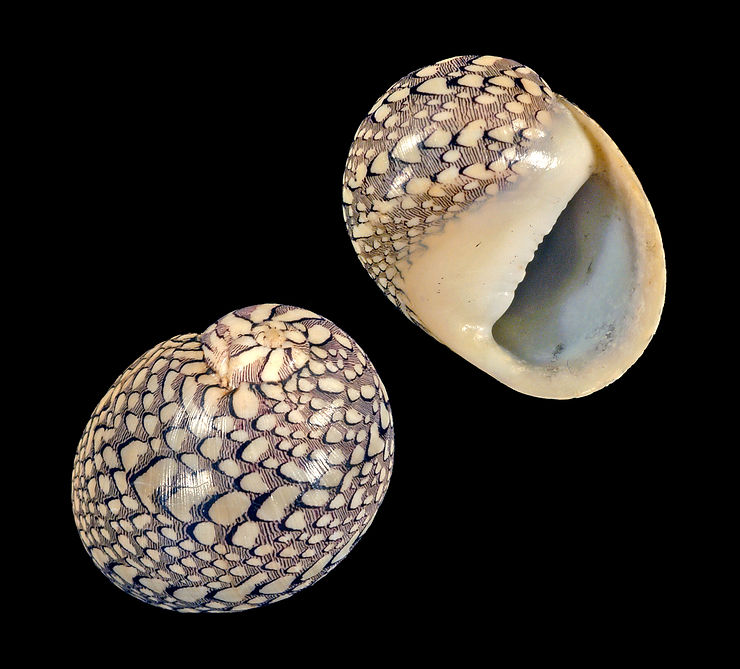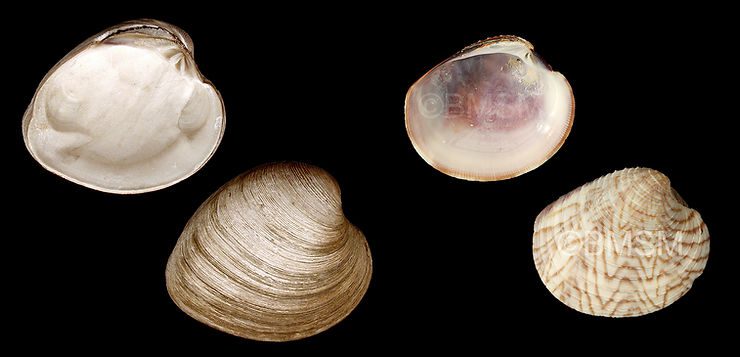
The Southern Quahog
The Southern Quahog, Mercenaria campechiensis (Gmelin, 1791), is a large member of the Venus Clam family Veneridae that may grow to be 6 inches in size. The Southern Quahog is often found in the shallow, sandy-mud flats of the local bays and protected areas, where it is one of the main food sources for large Horse Conchs and Lightning Whelks. The species is very similar to the Northern Quahog, Mercenaria mercenaria, with which it is known to hybridize in controlled aquaculture settings. (The Nor
